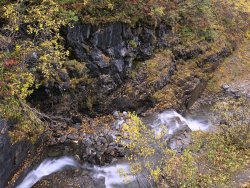GrahamWelland
Subscriber & Workshop Member
So having been liberated of my Alpa and lenses but luckily still in possession of my IQ150 and Cambo Actus I'm rebuilding the outfit and thought I'd ask about lens options.
Right now I've bought a replacement Rodenstock 32HR as the base lens and now need to flesh out the other lenses. So far I'm looking at:
Rodie 32HR
Rodie 70HR
SK 120
other options would be the:
Rodie 32HR
SK 60XL
Rodie 90HRSW
SK 150
Other thoughts or feedback? I'm inclined to go with the smaller outfit but I don't have first hand experience with the Rodie 70HR although I have owned/shot the SK 72L for a while but not with my CMOS back.
Right now I've bought a replacement Rodenstock 32HR as the base lens and now need to flesh out the other lenses. So far I'm looking at:
Rodie 32HR
Rodie 70HR
SK 120
other options would be the:
Rodie 32HR
SK 60XL
Rodie 90HRSW
SK 150
Other thoughts or feedback? I'm inclined to go with the smaller outfit but I don't have first hand experience with the Rodie 70HR although I have owned/shot the SK 72L for a while but not with my CMOS back.



